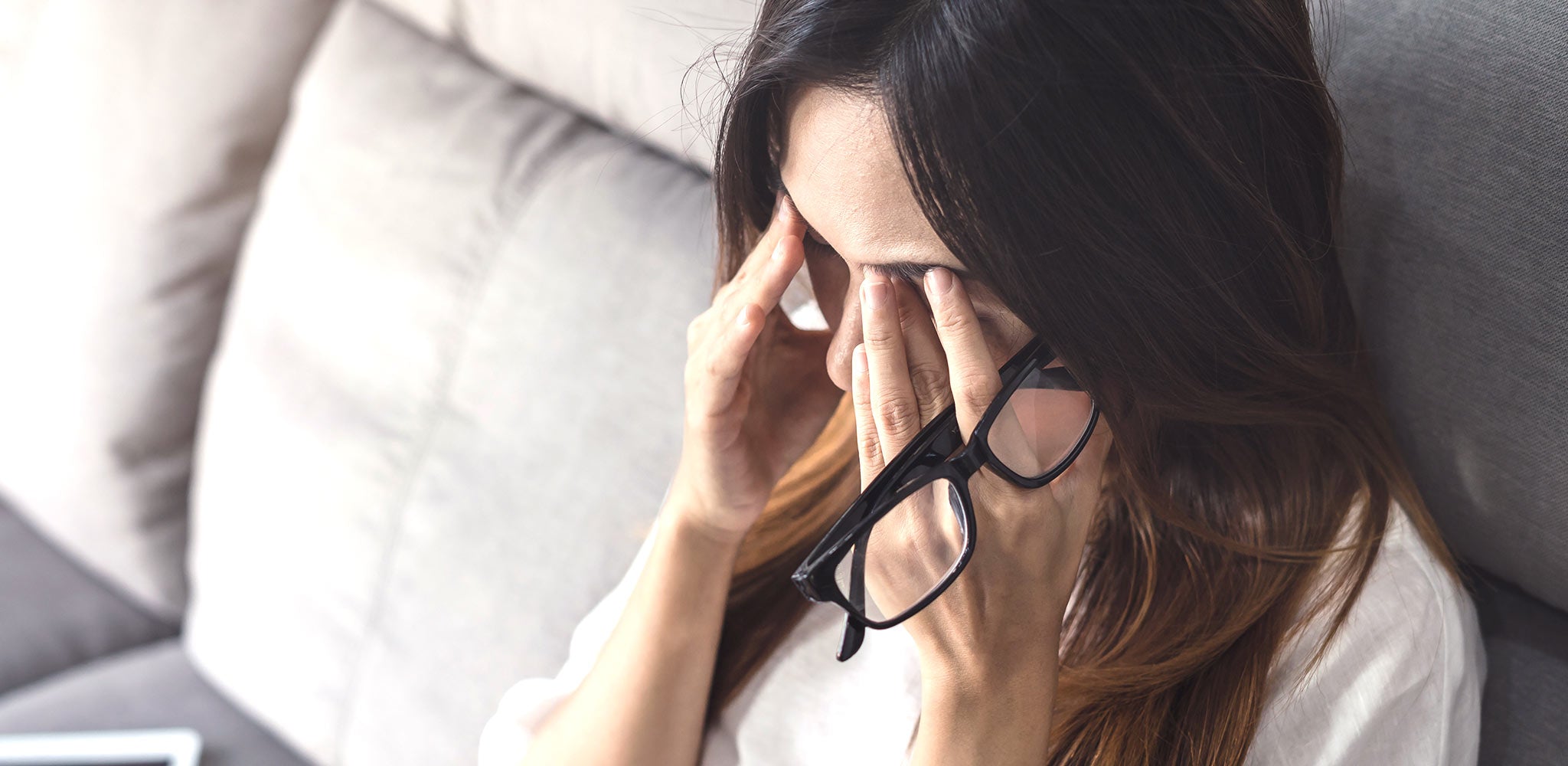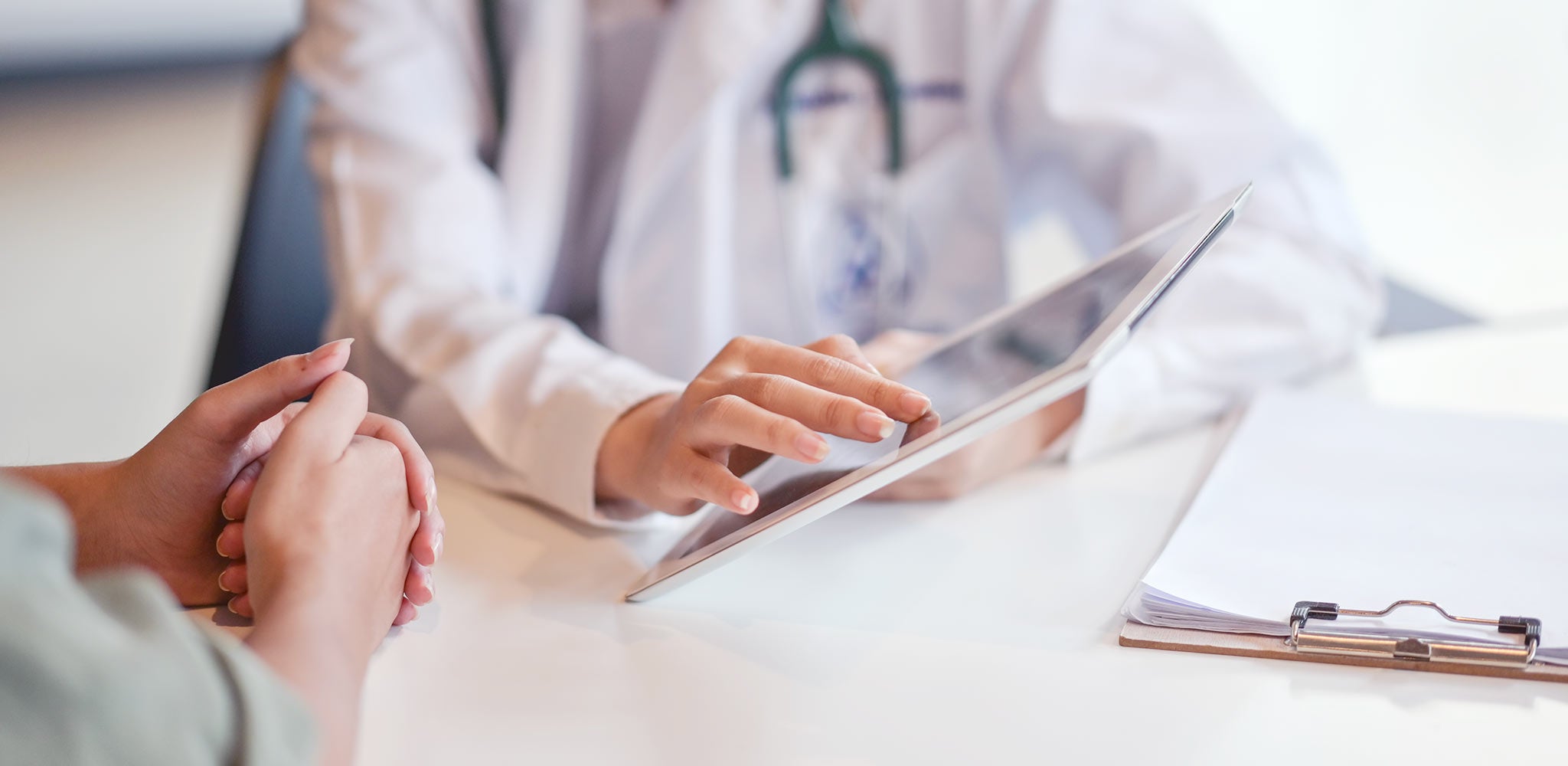How stress affects your hot flushes

When it comes to understanding how stress affects our bodies, particularly during the menopause, we need to consider what happens to the body during a hot flush, and how we can combat the effects.
Stressful situations can cause hot flushes — when our bodies are under stress our nervous systems are on heightened alert and increased levels of our stress hormone, cortisol, are released from our adrenal glands.
During menopause, our adrenal glands also try and produce oestrogen when our ovaries are failing, so adrenal fatigue is very common with women who are stressed and going through menopause. This decrease in oestrogen is the underlying cause of hot flushes and many other symptoms.
What happens during a hot flush?
Let’s look at what happens to our body under stress and work backwards to find a solution:
When the body has a hot flush, the heart rate increases, the capillaries dilate, skin becomes hot and mood can be affected, sweating occurs, and some women feel very panicky when having a flush (some even have a panic attack).
Women who suffer from hot flushes might have emotional responses make the physical response more intense—the increased heart rate can cause the blood to travel to the skin, making the capillaries dilate. Sweating then occurs to try and cool the body down.
Can exercise help?
When we exercise, our body reacts in a similar way: our body is put under a type of “stress”—but good stress.
It is also good to remember that when we exercise, we have “feel good” hormones released such as serotonin and dopamine, and these have an immediate and long-term effect on the body and mood. Regular exercise will therefore put the mind and body in a more positive state.
We know that when the body is under stress, one part of our nervous system prepares the body for physical activity by increasing heart rate, blood pressure and respiration. During exercise, the release of epinephrine and norepinephrine stimulate receptors in the heart. This causes the heart rate to increase as the body moves and makes the capillaries dilate to regulate heat.
The CNS (central nervous system) can be considered the integrative centre for all behaviour. It receives and interprets sensory information from both the external world and the internal environment such as negative thought processes.
When a woman has a hot flush, it is similar to the body’s response to a workout. If the body is used to this physical response then the psychological response will be easier to manage during other stressful situations such as a hot flush. Regularly becoming breathless and sweaty in a controlled environment prepares the body when it is put in a stressful situation that could trigger or actually be a hot flush.
Is mindfulness helpful?
We have looked at ways of helping our physical body—now let’s look at how we can improve our mental wellbeing.
Every part of our body is linked—our brain and nervous system work very closely together. If we can look at ways of calming down our nervous system during that stressful situation it will help minimise hot flushes.
For example, if you can identify “triggers” (for example, having a hot flush at work and thinking that everyone is looking at you) which makes your body more stressed and go into “fight or flight” mode, mindfulness can help you look at that situation in a different way. Rather than thinking that everyone is looking, perhaps change the thought process to, “nobody is watching and nobody really cares.” The mind is a powerful organ that can regulate our moods and actions.
Practising daily meditation such as simple breathing for just ten minutes per day can help calm the brain and nervous system so the mind becomes used to listening to breathing and being able to manage our body and mind. This helps with calming down the nervous system and managing a stressful situation that is a trigger.
This simple technique can be performed anywhere and on a daily basis. It can be performed if a woman feels a hot flush coming on:
- Sit comfortably in an upright position
- Close the eyes
- Relax the head and shoulders
- Listen and concentrate on the breath
- Count 10 breaths in and out
- Breathing in and out is counted at 1 breath
- Repeat
This might not be possible during every flush, however, if practised daily the body will respond differently when your mind is put under stress. Think of it as having an accumulative effect over time—the more mindfulness and mediation is practised, the better we will cope in a stressful situation.
There are plenty of free apps around to start someone off on mindfulness. These are some really easy ones to start with on YouTube:
https://www.youtube.com/watch?v=DdUm9U9w9W0
As with physical activity though, what’s good for one person isn’t necessarily good for another—some people like to cycle, walk, run, swim, or go to the gym. Remember that finding something that is right for the mind is an individual choice.
There is a study on helping hot flushes through CBT by Dr Myra Hunter at Kings College:
https://www.kcl.ac.uk/ioppn/news/records/2012/feb/cbt-menopause
Taking the above into consideration, undergoing regular physical activity and practising mindfulness is a winning situation. Looking at ways to increase our heart rate on a regular basis and learning how to calm down the nervous system will be beneficial not only for hot flushes but also for anxiety and sleep.
You can find more articles on menopause help and advice on our blog. If you want to shop our full range of cooling clothing, check them out here
Author: Jane Dowling is a clinical exercise specialist and has over twenty years’ experience in the health and fitness arena. She is a public speaker and blogger, and runs a successful fitness 1-2-1 private studio in London Bridge. Inspired by her own menopause experiences she founded MENO&ME which offers evidence-based exercise, diet and lifestyle advice to women on how to find their fabulous again through menopause and beyond! Jane has extensive experience in dealing with a variety of clients, including older adults suffering from heart disease and osteoporosis. This has ignited a passion to help educate younger women on how to take preventative measures towards improving their overall health
- Tags: Menopause Help
0 comments


